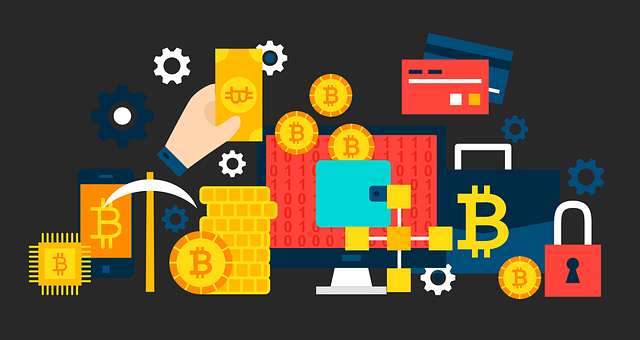Non-fungible token NFT
Contents |
[edit] Introduction
A non-fungible token (NFT) is a distinct digital object that is housed on a blockchain. An NFT is best described as a registration licence for a particular, one of a kind object. For architects, photographers and other producers of original concepts, NFTs are a method of creating, showcasing and commercialising their designs.
In the NFT marketplace, authenticity of original ownership is not the same as copyright.
[edit] Licencing and management
The licence number for the NFT is retained within a blockchain database of information, stored chronologically across a decentralised network of computers. Once published, the information on the blockchain cannot be changed. There is just one single source of information or single source of truth (immutable records of transactions, interactions) on the blockchain maintained by the network and its protocol.
[edit] Blockchain as the NFT backbone
Blockchain was introduced in 2008. It was first adapted as the underlying technology of Bitcoin.
In 2020, blockchain started being used as a management, certification and trading tool for unique digital assets that are tracked on blockchains. These assets could be in any digital format - and could be copied - but there would only be one 'original' NFT record. Assets could include music, fashion, games, video, and so on. NFTs provide a mechanism for creating a market for these intangible items.
The digital collectible market of 2021 has grown exponentially, as more NFTs become available and people become more comfortable with cryptocurrencies.
[edit] Energy issues and crypto trading
Due to its reliance on computing power, blockchain, bitcoin and NFTs have been criticised for their energy usage and the carbon footprints they produce. This is due to their reliance on the proof-of-work protocol that confirms blockchain transactions over public networks.
Some NFTs are seeking alternative measures of authenticity verification - such as proof of stake - that are less energy intensive.
[edit] Related articles on Designing Buildings Wiki
- Blockchain.
- Blockchain could transform the construction industry.
- Blockchain definitions.
- Blockchain – feasibility and opportunity assessment.
- Blockchain in the built environment.
- Blockchains will change construction.
- Eliminating waste at scale – opportunities for blockchain.
- Metaverse.
- Persistent identifiers for digital objects.
- Student projects released as non-fungible tokens.
Featured articles and news
The benefits of engaging with insulation manufacturers
When considering ground floor constructions.
Lighting Industry endorses Blueprint for Electrification
The Lighting Industry Association fully supports the ECA Blueprint as a timely, urgent call to action.
BSRIA Sentinel Clerk of Works Training Case Study
Strengthening expertise to enhance service delivery with integrated cutting-edge industry knowledge.
Impact report from the Supply Chain Sustainability School
Free sustainability skills, training and support delivered to thousands of UK companies to help cut carbon.
The Building Safety Forum at the Installershow 2025
With speakers confirmed for 24 June as part of Building Safety Week.
The UK’s largest air pollution campaign.
Future Homes Standard, now includes solar, but what else?
Will the new standard, due to in the Autumn, go far enough in terms of performance ?
BSRIA Briefing: Cleaner Air, Better tomorrow
A look back at issues relating to inside and outside air quality, discussed during the BSRIA briefing in 2023.
Restoring Abbotsford's hothouse
Bringing the writer Walter Scott's garden to life.
Reflections on the spending review with CIAT.
Retired firefighter cycles world to raise Grenfell funds
Leaving on 14 June 2025 Stephen will raise money for youth and schools through the Grenfell Foundation.
Key points for construction at a glance with industry reactions.
Functionality, visibility and sustainability
The simpler approach to specification.
Architects, architecture, buildings, and inspiration in film
The close ties between makers and the movies, with our long list of suggested viewing.
SELECT three-point plan for action issued to MSPs
Call for Scottish regulation, green skills and recognition of electrotechnical industry as part of a manifesto for Scottish Parliamentary elections.
UCEM becomes the University of the Built Environment
Major milestone in its 106-year history, follows recent merger with London School of Architecture (LSE).
Professional practical experience for Architects in training
The long process to transform the nature of education and professional practical experience in the Architecture profession following recent reports.
A people-first approach to retrofit
Moving away from the destructive paradigm of fabric-first.
New guide for clients launched at Houses of Parliament
'There has never been a more important time for clients to step up and ...ask the right questions'
The impact of recycled slate tiles
Innovation across the decades.
EPC changes for existing buildings
Changes and their context as the new RdSAP methodology comes into use from 15 June.



























